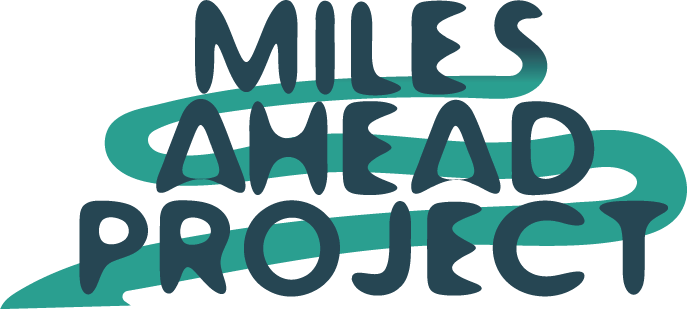The recent devastation caused by flooding in Western North Carolina has been unimaginable. Homes, businesses, and lives have been upended. For those of us who love to spend time outside—whether running, hiking, or recreating—the challenges are especially personal, with many favorite trails severely damaged, parks closed, and races canceled or postponed.
One way I’ve found to help is by participating in the Old Fort Endurance Festival on December 7, organized by Tanawha Adventures. This event is a fundraiser to support families and businesses in Old Fort, NC, impacted by the flooding. More than 50 homes in Old Fort alone were destroyed or severely damaged, and the funds raised will directly help those who are working to rebuild.
You can support our run by donating at this link.
This got me thinking about fundraising events in general, where participants rally around a cause while training for a run, bike ride, or other athletic challenge. These events can be an amazing way to bring a community together and make a real impact. But how do we choose the causes and organizations we want to support (and ask our friends and family to join us in that support)?
During my time working for BORP Adaptive Sports and Recreation in the San Francisco Bay Area, I was involved in their biggest annual fundraiser, the Revolution Ride, Roll and Stroll. This event remains one of the best examples I’ve seen of a community-led fundraising effort that creates real change. Beyond seeing firsthand the impact BORP’s programs had on the disability community, here’s what stands out to me about BORP and other organizations that make a lasting impact:
- They are led by members of the communities they aim to serve.
- Their finances aren’t top-heavy (no exorbitant executive salaries).
- They are transparent about how funds are used.
- Their mission and values align with mine.
So, if you’re not on staff at an organization, how can you make sure you’re choosing one that aligns with your values and is making a genuine impact?
Tips for Choosing an Organization to Support
- Check their mission and values: Look on their website. Do their goals align with yours and with the community you want to support?
- Examine leadership: Is the community the organization serves reflected in its leadership? Do you see diversity in staff (including in leadership positions) and board members?
- Review their programs: What services do they offer, and are they making a tangible difference?
- Look at financials: Check the organization’s annual report to see how funds are spent. You can also look up their Form 990 via ProPublica’s Nonprofit Explorer or GuideStar. This will give you a clearer picture of how they manage donations.
Red Flags to Watch For:
- Inflated marketing budgets: Is the organization spending too much on marketing rather than directly on programs and services? (And, yes, I’m saying this as a former nonprofit marketer!)
- Excessive reserves: Are they holding onto large amounts of money instead of putting it to use?
- Leadership salaries: Does their leadership’s pay seem fair, or is it inflated compared to other nonprofits?
501(c)(3) vs 501(c)(4) Organizations
It’s important to understand the difference between a 501(c)(3) and a 501(c)(4). The 2010 Citizens United ruling allowed corporations and unions to form 501(c)(4) organizations, which can spend unlimited amounts on political activities without disclosing donors. If you’re aligned with an organization’s political work, donating to a 501(c)(4) might be the way to go. But it’s important to understand where your money is going.
For instance, if you want to support reproductive rights by giving money that will help individuals seeking an abortion, you should know whether you’re donating to Planned Parenthood Action Fund (501(c)(4)) or Planned Parenthood Federation of America (501(c)(3)).
National vs. Local Organizations
Big national organizations like Planned Parenthood are often the first to come to mind, but sometimes digging a little deeper can lead you to smaller, regional organizations that are making a real impact. If your goal is to support a specific community, local abortion funds or independent clinics might be more effective than larger organizations.
Mutual Aid
Finally, I’d be remiss not to mention mutual aid. Mutual aid involves people directly helping one another, sharing resources to meet immediate needs without relying on larger institutions or nonprofits.While I love nonprofits, if you want your money to have the most immediate impact, contributing to mutual aid efforts is often the best option. There may not be a flashy race or event, but you can always organize a challenge with friends to support mutual aid together.


Leave a Reply
You must be logged in to post a comment.